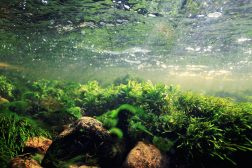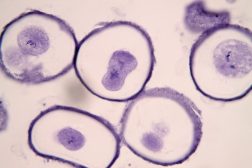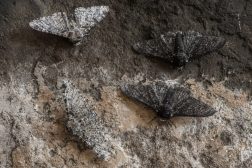Definition
noun, plural: tapeta lucida
A layer of tissue in the choroid or in the retinal pigment epithelium of the eye of many vertebrates (not including humans) that reflects visible light back through the retina and renders the eye shining when illuminated in the dark
Supplement
The tapetum lucidum is a layer of tissue in the eye of many vertebrates, e.g. cats, dogs, birds, fish, etc. but not including humans. This membrane makes the eyes of these animals shine or glow when illuminated in the dark. It is found behind or within the retina. It reflects visible light back to the retina so that the available light to the photoreceptors is increased. It helps in having a superior night vision for these animals, especially nocturnal animals. It helps these animals to see in dimmer light.
There are four main types of tapeta lucida: (1) retinal tapetum, (2) choroidal guanine tapetum, (3) choroidal tapetum cellulosum, and (4) choroidal tapetum fibrosum. The retinal tapetum is found inside the retinal pigment epithelium whereas the other three are found in the choroid behind the retina. The retinal tapetum is seen in fruit bats, marsupials, crocodiles, and teleosts. The choroidal guanine tapetum is a palisade of cells as seen in skates, rays, sharks, and chimaeras. The choroidal tapetum cellulosum is a layer of cells (i.e. iridiocytes) of refractive crystals as seen in cetaceann, rodents, and carvinores. The choroidal tapetal fibrosum is made up of organized bundles of collagen as seen in cows, sheeps, goats, and horses. Other forms of tapeta lucida occurs in brownsnout spookfish and birds (e.g. kiwis, owls, swallow-tailed gull, boat-billed heron, etc.)
Word origin: Latin tapetum (“tapestry”) + lūcidum (“bright, shining, clear”)
Synonym(s):
- tapetum choroideae







